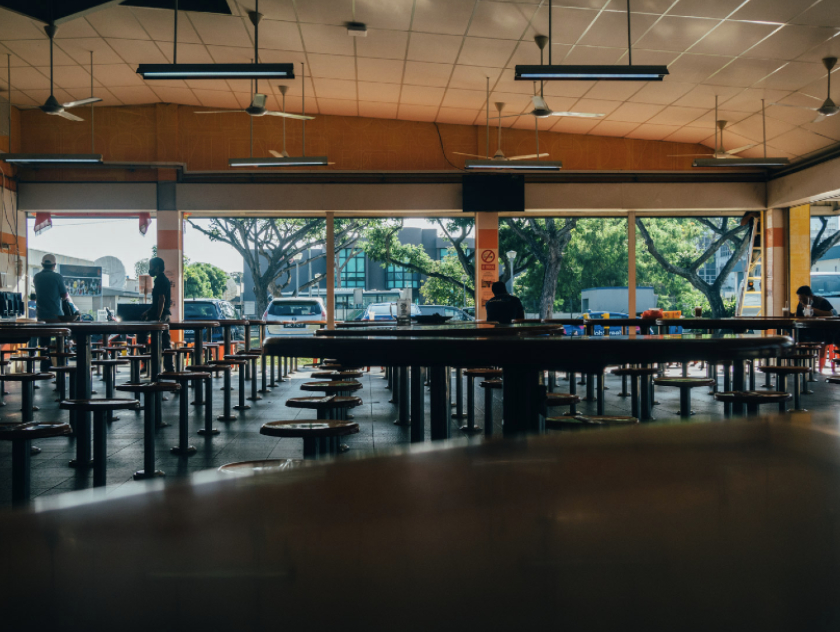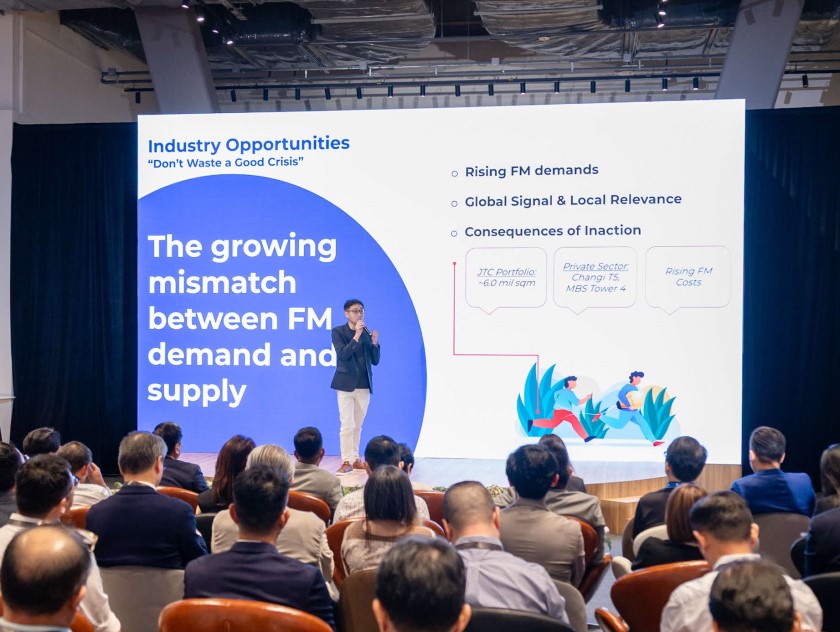According to The Asia Food Challenge Report 2021 (AFC report) published by PricewaterhouseCoopers, Rabobank, and Temasek, Asia has become the largest region in the global food market. By 2030, consumers will spend an additional US$4.4 trillion (approximately $5.88 trillion) on food, as massive demographic changes and evolving consumer needs drive up demand for larger quantities and better quality of food.
This means one thing: the time to invest in Asia’s food market is now.
Leading JTC’s Food and Lifestyle cluster, my team and I support food manufacturing and processing companies with real estate solutions that not only meet current operational needs but also capture future growth opportunities. We oversee a portfolio that includes over 15 food manufacturing industrial zones and 11 multi-tenanted food manufacturing factory blocks, and count over 1,000 companies as customers.
To catch the growth and ride the tailwind, companies need to move now. That said, for foreign players outside Asia, this will not be without challenges. They will require time to understand the huge Asian market, home to many peoples with diverse palates and cultural differences. Consumers here want their foods to not only taste good but also be authentic. To compete effectively and gain market share, these companies will need to customise the products, increase product awareness, and build up their supply chain networks.
Singapore could serve as their launchpad into Asia. Geographically, we are well-connected to large consumer markets such as China and India. There is a wide range of food developments and infrastructure for companies to plug into. We also have a vibrant ecosystem made up of reputable food manufacturers, flavour and fragrance specialists, food start-ups, venture capitalists, start-up accelerators, incubators as well as enablers. The people spearheading food innovations hail from varied backgrounds, with intimate understanding of the nuances of Asian palates. They have a nose for good, authentic cuisines that tickle the Asian consumers’ fancy.
Ushering in the era of smart and advanced food manufacturing
Food is a necessity, and food manufacturing enterprises should continue to build their resilience so that they can weather economic downturns, unexpected global events, and even future pandemics.
One way to assist food companies and manufacturers to overcome such challenges is to create a food manufacturing zone focused on automation and digitalisation to generate momentum for change in this sector. One potential location that JTC is exploring for such a food zone is the upcoming Jurong Innovation District (JID).
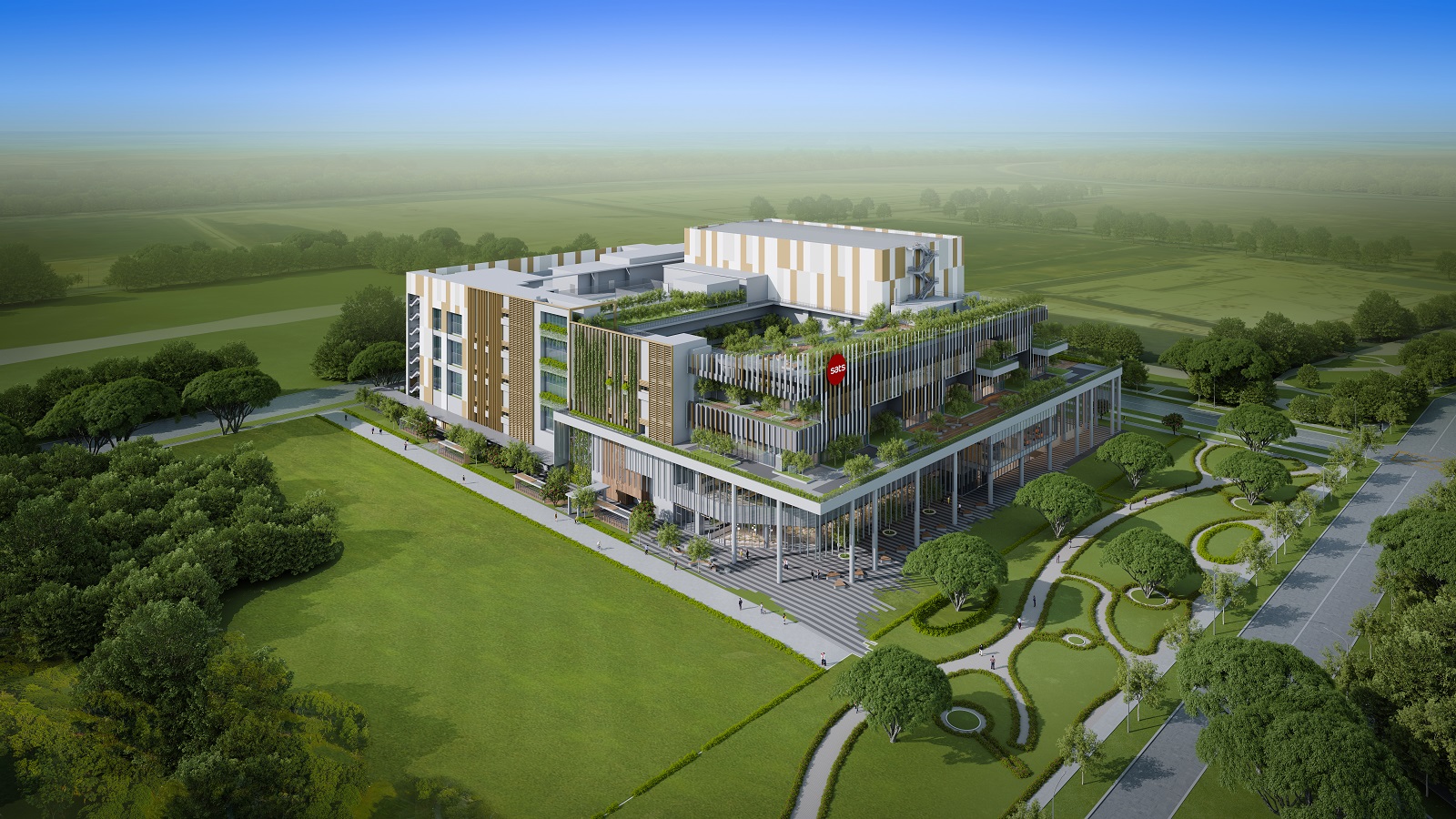
I see the questions flying already — how exactly will a food manufacturer benefit from being in an estate synonymous with advanced manufacturing? Like other industries, the food manufacturing industry is also envisaging a future underpinned by the rise of big data, artificial intelligence (AI), and machine learning. Stakeholders want to know how Industry 4.0 (I4.0) technologies can help them increase productivity. JID’s plug-and-play environment will enable them to experience this first hand. Even now, the use of sensors and data analytics is increasingly employed in the food sector. Sensors can track the power consumption of boilers and chillers as well as provide temperature readings in real time — this capability helps process engineers to optimise the operations of equipment, in turn reducing costs.
Data analytics can also be used to achieve product consistency. Companies in Singapore import their raw ingredients from multiple sources — the same product will vary in taste profiles depending on factors such as harvesting seasons and country of origin. Minor adjustments will need to be made to the recipes — data analytics and machine learning can help to analyse and propose such tweaks, which is otherwise a tedious and costly process. Food tasters will then play a complementary role of validating these tweaks and fine-tuning the machine learning.
SATS Food Hub is one organisation that is all ready to embrace JID’s Internet of Things capabilities. Processes at its new $150 million facility will be networked, and collected data will inform decisions on food waste minimisation as well as asset utilisation. Large-batch meal productions will be automated, and meal assembly may be handled by robotics. Here, automation will be deployed to overcome labour constraints faced by SATS.
The future of food manufacturing
What are some of the emerging trends in food manufacturing? The AFC report sheds some light on the new class of Asian consumers. More discerning, they are willing to pay premium prices for wholesome options. Busier than ever, they embrace ready-to-eat (RTE) meals that do not compromise on taste.
There is also growing respect for the environment amongst Asian consumers, who are more mindful of their carbon footprint. There is an expectation for food to be produced, packaged, and distributed in sustainable ways. At the same time, there is a developing demand for plant-based alternatives, which may prove more sustainable for the planet.
These consumer expectations are also at the forefront of our stakeholders’ minds. Manufacturers are looking beyond their bottom lines and examining how sustainability can be built into their entire production chains, from facility design to waste reduction, food waste upcycling to green packaging.
Another exciting development is the nascent alternative meat industry, which includes subsets of plant-based, fermented and cultivated proteins. Singapore’s progressive regulatory regime — the Novel Food Regulatory Framework introduced by the Singapore Food Agency — has opened the way for alternative protein companies to gain consumer trust and success for their products in Singapore. Coupled with Singapore’s ready pool of talents, companies such as Good Meat and Eat Just Asia have set up shop at JTC Bedok Food City and Pioneer View respectively.
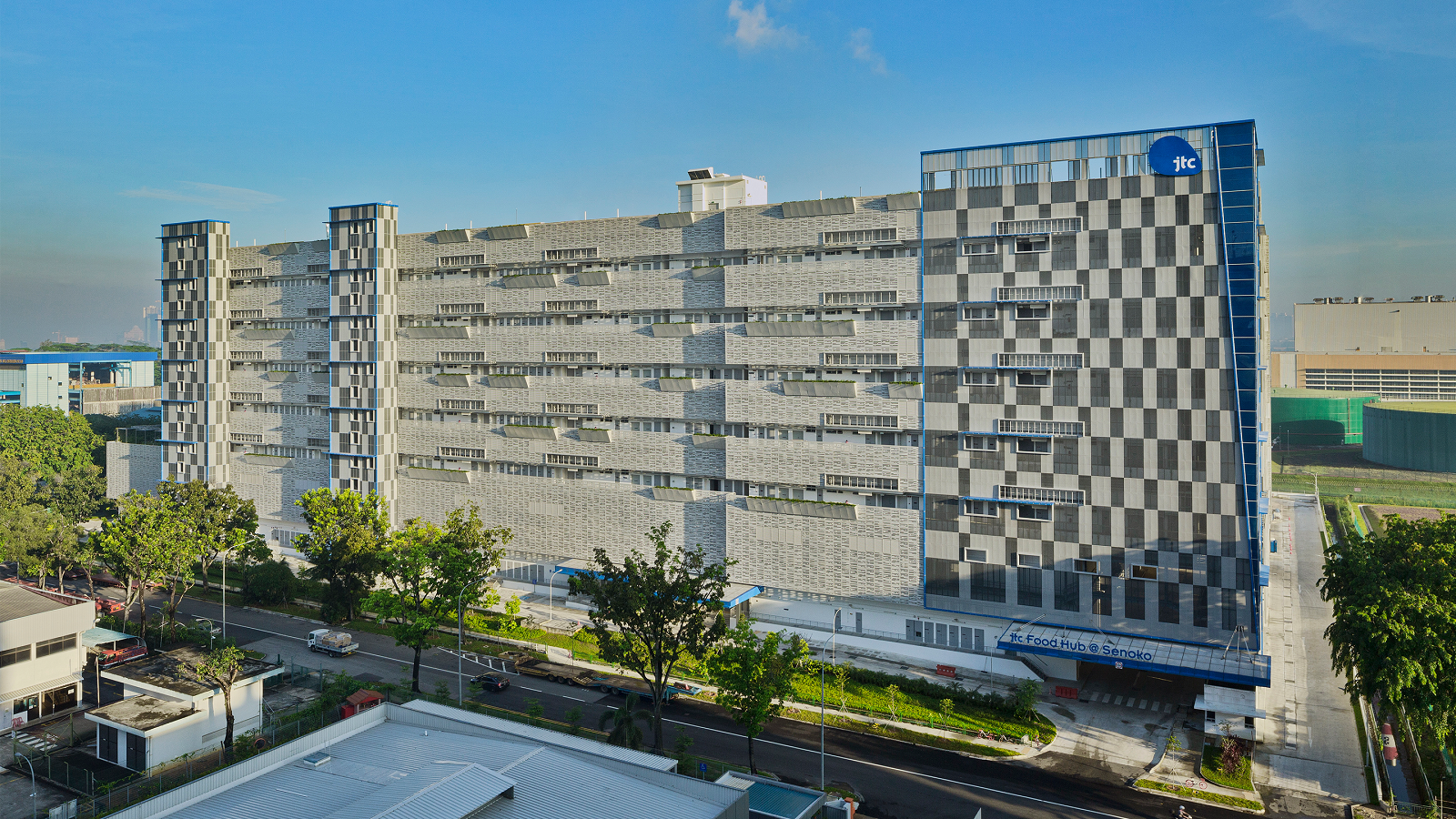
Giving the term, ‘eating green’ a new meaning
As for JTC, our priority is to ensure that our facilities and initiatives will help food manufacturers meet changing expectations and needs. Firstly, sustainability is something that JTC is big on. For our multi-tenanted food factories, we are incorporating green principles into our building designs, from the adoption of sustainable construction materials to the use of clean energy to power up our facilities.
Like our stakeholders, we are doing our bit for the industry. To tackle the chronic issue of Singapore’s food waste, which saw a five-year peak of 817,000 tonnes in 2021, we worked with Agency for Science, Technology and Research (A*STAR) and Westcom Solutions to find new use for it. Innovations such as high-tech food digestors, which shorten the week-long composting process into a 24-hour affair, have been deployed across our developments. The fertiliser is then either sold or used to nourish the gardens and greenery within JTC estates. We are still in the early stages of our food waste valorisation journey. As we partner our food tenants to increase utilisation of food digestors, we are learning the importance of changing mindsets, understanding their operations flow, and making it easy for change to stick.
To bolster Singapore’s food innovation scene, we work to ensure availability of space for food innovation setups to carry out R&D and experiments. The Food Tech Innovation Centre (FTIC) at Biopolis, for example, empowers plant-based, microbial, and cell-cultured protein start-ups by providing a one-stop, food-grade pilot-scale facility with shared labs, test kitchens and working spaces. They can leverage A*STAR’s R&D resources to further their own progress. We are also studying the infrastructure needs of alternative protein factories, so that we can continue to build and provide suitable real estate solutions.
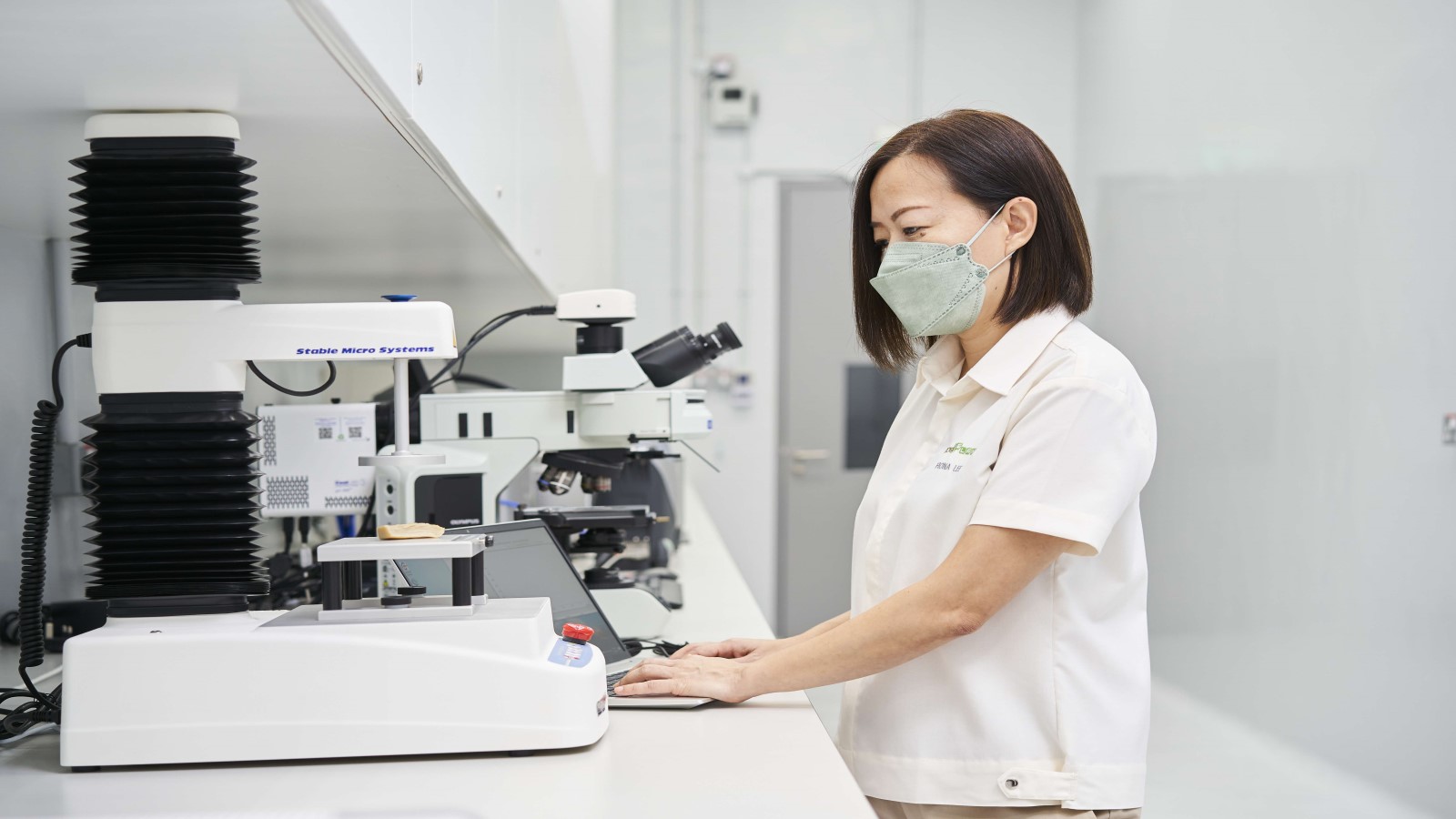
For purveyors of RTE meals, FoodPlant at JTC Food Hub @ Senoko is a creative playground. It is Singapore’s first-of-its-kind shared facility for small-batch production. Here, they can conduct recipe experimentations or use the provided machines to test their packaging. They are aided by a bevy of food technology specialists, who offer consultations, facilitate market testing of their products, and prepare them for full-scale commercialisation.
Indeed, JTC developments are primed to support Singapore’s food manufacturing industry as it turns its attention to Asia. Why do we do what we do at JTC? It is because we see our stakeholders’ successes as our own. We want them to excel, because when they do, they grow and create more jobs. After all, food is not just fuel for the body; it can fuel and strengthen Singapore’s economy as well.
Eugene Lim leads the food and lifestyle team under the Industry Cluster Group at JTC and focuses on finding real-estate solutions to support the growth of companies across the food service, manufacturing and lifestyle sectors in Singapore.
